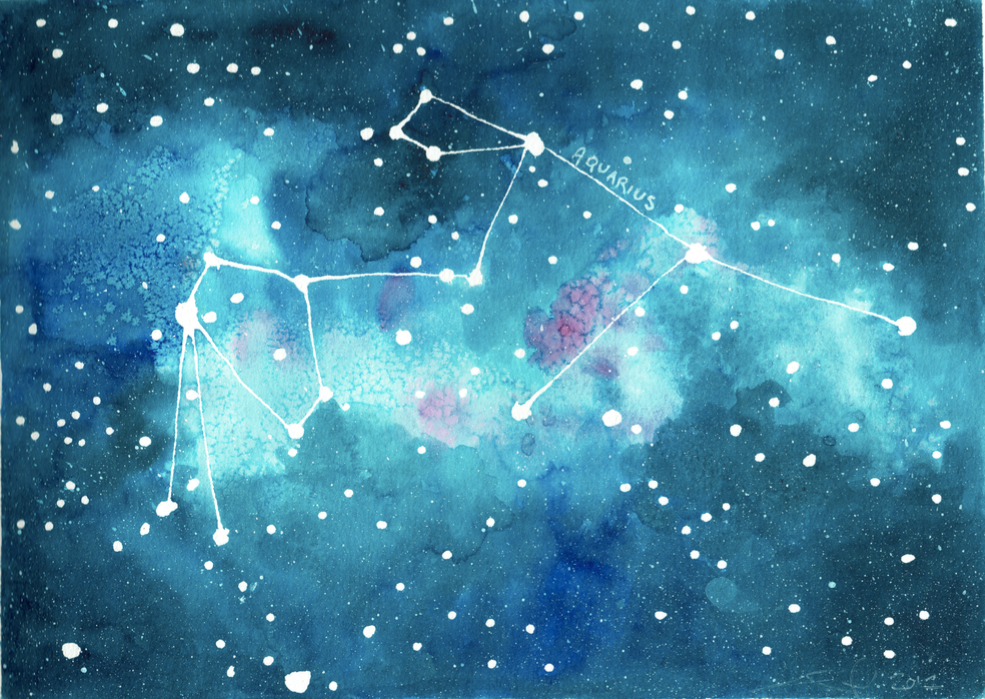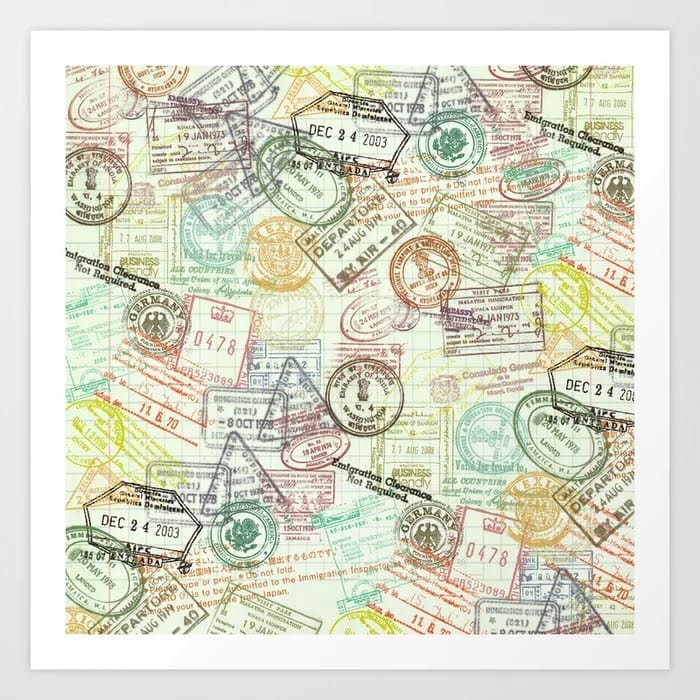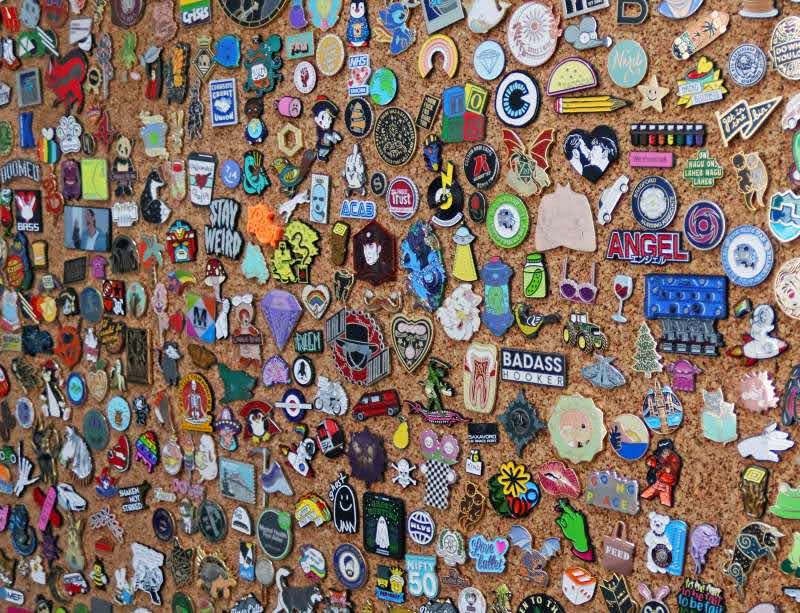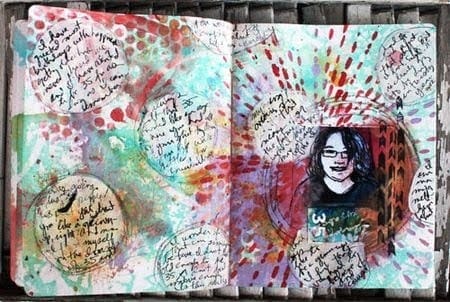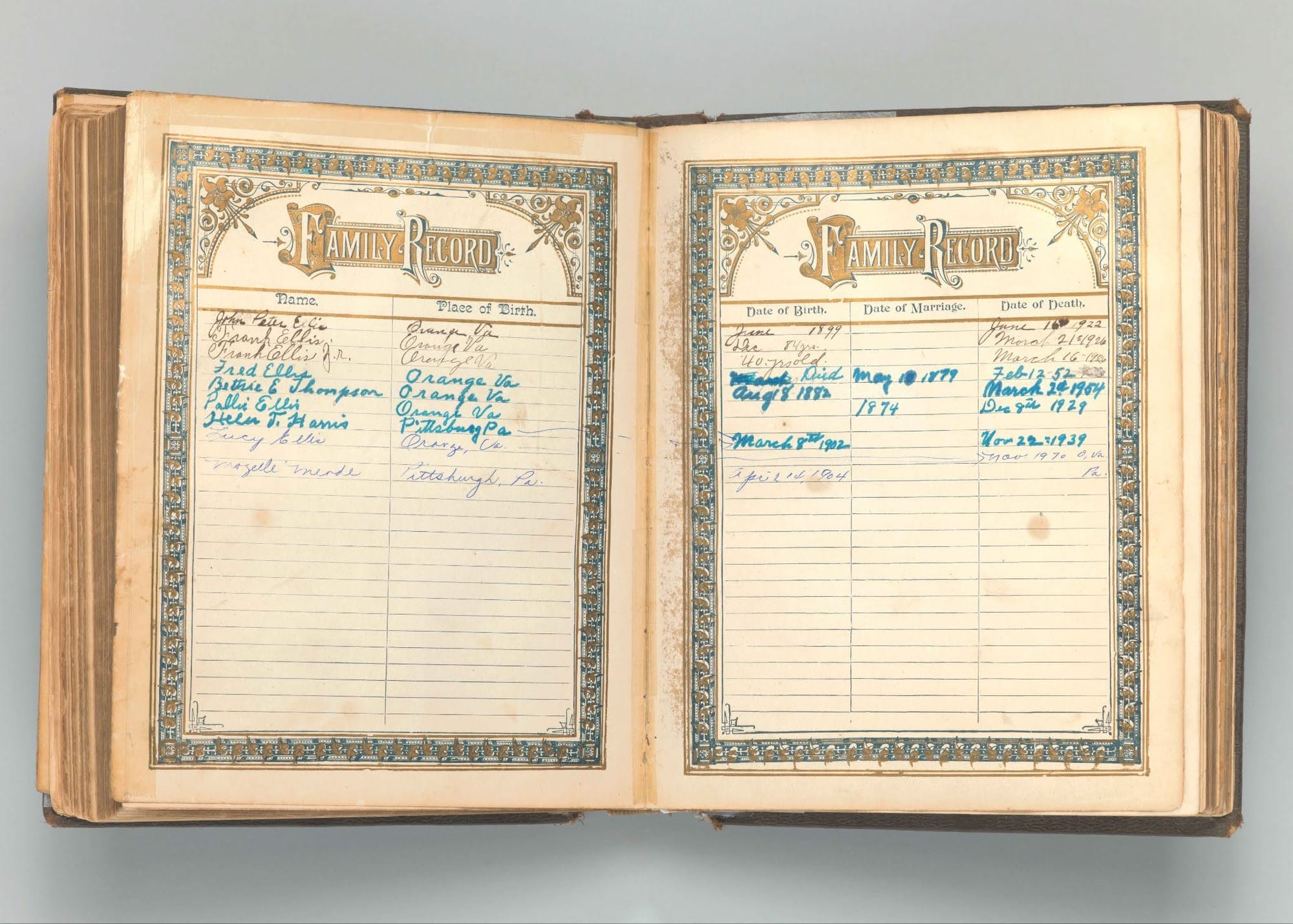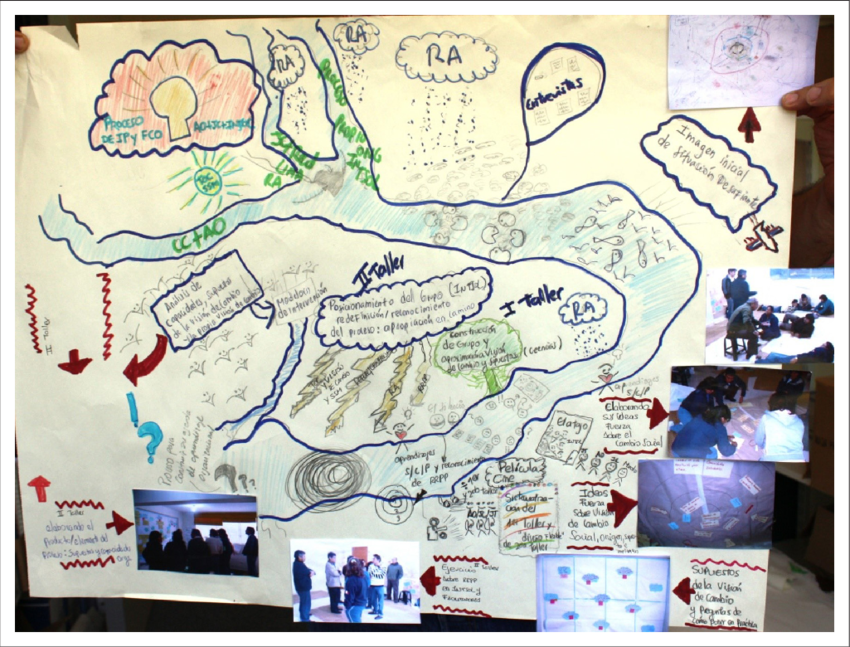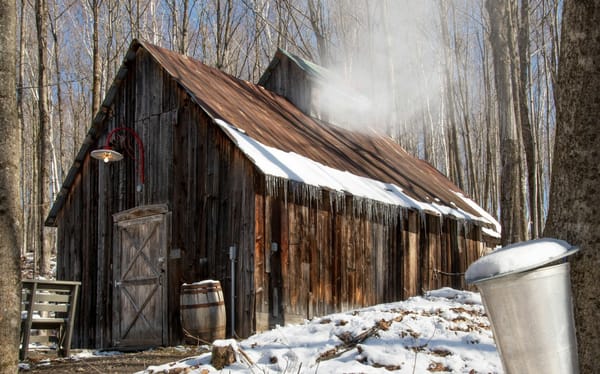Q4: How can we help disciples 'connect the dots' in episodic faith journeys?
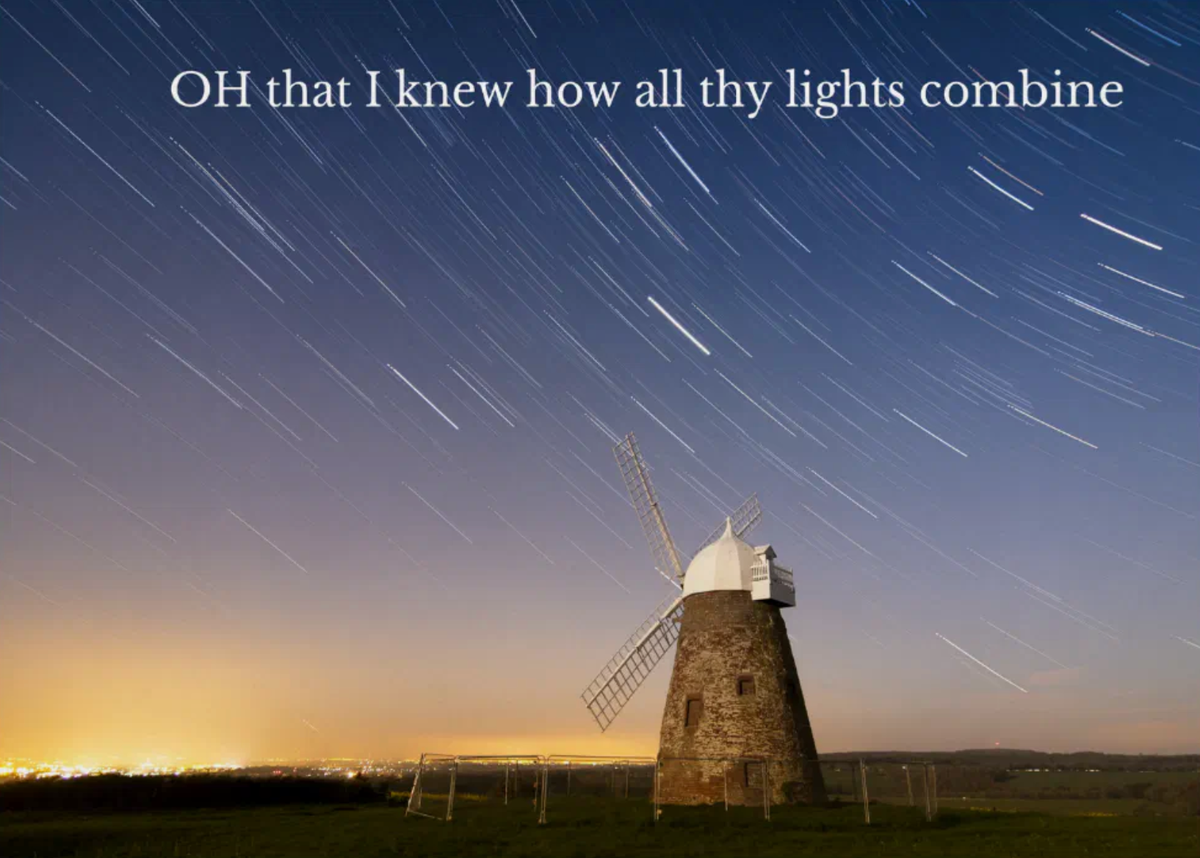
Even though I am all in for moving beyond a Sunday-school-centric model of Christian formation, I do have a significant reservation about one particular consequence of the shift.
What's incredibly valuable about the Sunday school model is the ability to design in to an experience over time a set of common priorities:
- an ethos/approach (in my view, the most important factor);
- some desired learning outcomes; and
- possibly even some informal ways of assessing those outcomes.
We sometimes refer to the big-picture map of a curriculum as its scope and sequence.
Of course, having a scope and sequence is no guarantee of learning / growth / transformation. But at least it represents a plausible, concrete plan for helping participants experience what we hope they will experience in order to learn and grow in their relationship with God in Christ.
We have to look forward, look back, know our people and their needs, know the tradition and its contours, and do the best we can to ensure that there are opportunities and encouragement for all our participants to experience a holistic arc of learning.
More specifically, we hope that their journey will lead them to develop skills / values / practices (e.g., prayer, worship, community engagement and justice-building) as well as to internalize the content knowledge needed (e.g., biblical literacy, theology, church history) to be active participants in the tradition: disciples on a well-rounded journey of faith.
For about a year during my time at VTS, I was obsessed with the idea of digital badging. It felt like a good way to offer "micro-credentials" to participants in our learning community, both for participating in conferences and bootcamps and for developing particular skills and literacies needed to lead formation in a digital age. It never really took off, I think in part because we got distracted by the technology of badge issuance rather than focusing more closely on relevant, accessible learning paths.
But one bit of wisdom I've taken with me from the badging literature is the idea of a constellation.
A well-conceived badging program can be effective at capturing scope and sequence if we think of particular pieces of skill and/or knowledge development (badges) as stars that fit into a connected constellation of related and/or complementary learning (other badges).
By breaking up the scope and sequence of traditional curricula into constellations of more discrete learning, we can build in flexibility, individual agency, and resilience to the liabilities of a necessarily more episodic approach.
The images in this post are a bunch of potential ways of thinking about helping us leaders, and the people we serve, map the landscape of their own faith formation journeys: constellations, passports, pin collections, scrap books, family bibles, personal narratives.
In short, I believe this ministry of connecting the dots is perhaps the biggest responsibility of formation leaders in an era of more episodic faith formation experiences.
Does that claim resonate? Do you have other images / metaphors for what this work looks like?
Tomorrow I want to talk about what "stars" / "badges" etc. should be in our "constellations" / "badge collections" etc. of the Christian faith.
If we're committed to the importance of helping participants connect the dots, then next step is to get clear about the dots we want to prioritize.
